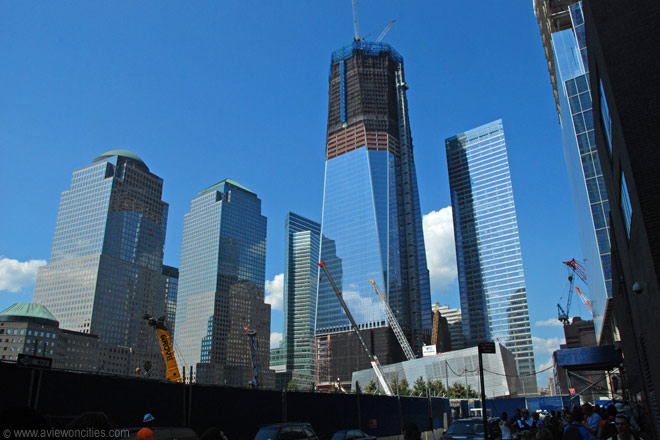Psychologist, green building manager, religious leader urge ecologists to move beyond their own scientific community
The Ecological Society of America’s 96th Annual Meeting is taking place in Austin, Texas and kicked off on Sunday, August 7 with an Opening Plenary Panel featuring Richard Morgan, Austin Energy’s Green Building and Sustainability Manager, social psychologist, Susan Clayton of the College of Wooster, and the Executive Director of the National Religious Partnership for the Environment, Matthew Anderson-Stembridge. Joining…


